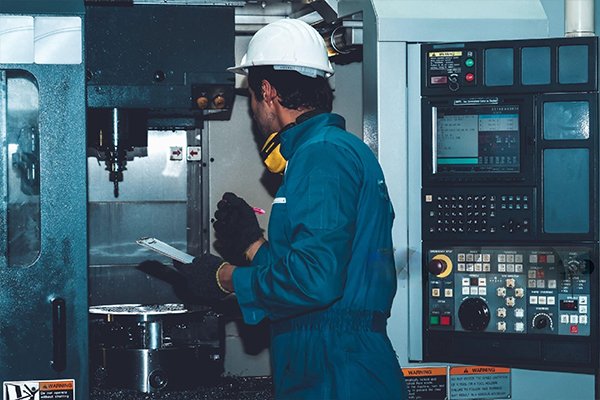-
-
Mon - Sat 9:00 AM - 5:30 PM
- Contact Now
Mon - Sat 9:00 AM - 5:30 PM
Ensuring Excellence
At Mangesh Alloys, quality isn’t just a commitment—it’s a standard that defines every step of
our manufacturing process.
With rigorous testing protocols and advanced technology, we ensure that every casting delivers
exceptional performance, precision, and reliability.
Here's how we achieve excellence:


We partner with trusted suppliers and verify test certificates to ensure raw materials meet stringent quality standards.
Key materials like bentonite and coal dust undergo additional testing by our expert team before production begins, guaranteeing consistency and performance.
Melting and Metallurgical Testing
Temperature Control: Using a pyrometer, we maintain precise pouring temperatures between 1380-1395°C for Cast Iron (CI) castings, tailored to component size and specifications.
Chemical Composition:


Sand quality is essential for optimal mold performance. To maintain consistency, we conduct critical tests every 3 hours, including:

At Mangesh Alloys, we perform rigorous pressure testing, including hydrostatic testing, to ensure our castings meet the highest standards of structural integrity and leak resistance. By subjecting components to specific pressure levels using water or other incompressible fluids, we verify their ability to perform reliably under real-world operating conditions. With testing capabilities ranging from 10 to 500 bar (145 to 7,250 psi), we ensure our castings deliver durability, safety, and unmatched quality for high-pressure applications.

Hydrostatic testing is designed to:
Detect leaks in castings that may compromise performance.
Validate structural integrity to ensure the component can endure operating pressures
Confirm pressure endurance under real-world conditions, making it ideal for high-pressure and safety-critical applications.
The casting is thoroughly inspected and prepared for testing.
Water or another incompressible liquid is introduced into the casting to eliminate air gaps.
The liquid is pressurised to a predetermined level, simulating the actual operating pressures the component will face.
The component is carefully monitored for leaks, deformations, or pressure loss to ensure it meets the required standards.


Hydrostatic testing is designed to:
Maximum Pressure: We test components up to 500 bar (7,250 psi) for high-pressure applications
Standard Range: Most applications are tested between 10 and 200 bar (145 to 2,900 psi), depending on the component's specifications and end-use requirements.

Units Produced In 2024
Our Happy Client
Fill out the form to discuss your requirements and design preferences.